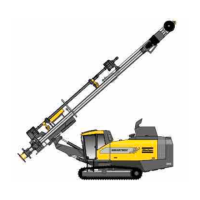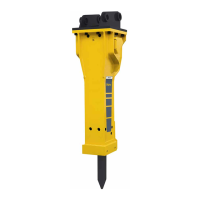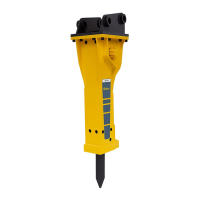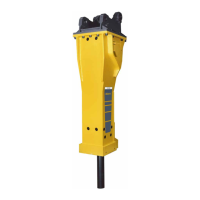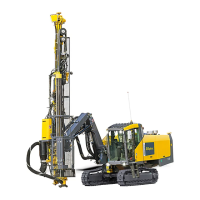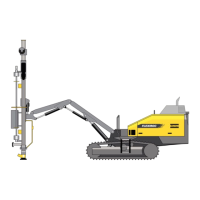D41 39
Type of bitumen
Laying temperature (°C)
Minimum temperature for the first
roller pass
(°C)
B 65/60 140 – 180 above 120
B 80/100 130 – 170
B 200/180 120 – 160
B 300/200 110 – 150 above 100
End of a layer
To obtain a well finished edge across the entire width of the layer, one must know
how to correctly end the layer. It is well known that, when ending a layer, a right
angled, vertical edge should be made to obtain a good connection line across the
entire width of the layer. There are different methods for ending a layer at right
angles and obtaining a well finished edge.
1. One method often used is to place a piece of timber with a width matching the
thickness of the compacted layer in front of the end of the layer.
At the end of the layer, the operator should adjust the conveyor and the auger in
such a manner that the material will be evenly distributed in front of the screed.
Then the conveyor must be stopped and the paver finisher must be moved
forward. As soon as a part of the screed has been emptied, the paver finisher
must be stopped and the screed lifted. Then, a right angled gap is created along
the edge of the layer and a piece of timber is placed into this gap. To keep the
piece of timber in position, material must be pushed against the timber.
After the layer has been rolled and consolidated, the piece of timber can be
removed. In this way, a right angled edge is created against which the next
section can be properly closed up.
2. Another method often used to end a layer or move a roller to the beginning of a
layer is to manually hovel a right angled gap, finish the end and insert a piece of
resin board. The resin board is then covered by asphalt, thus forming a ramp for
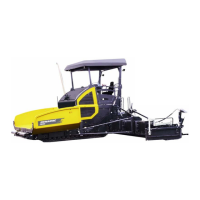
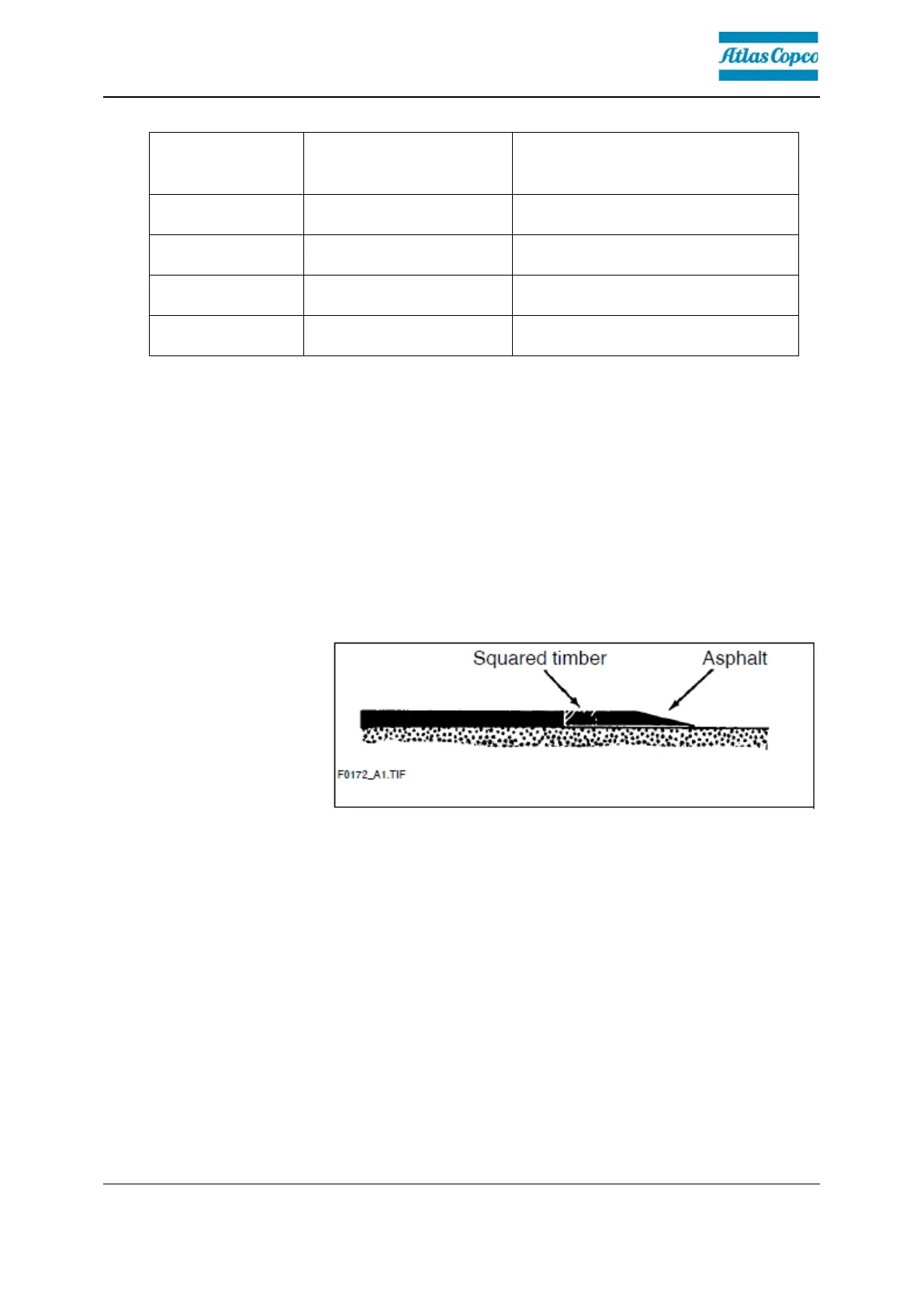